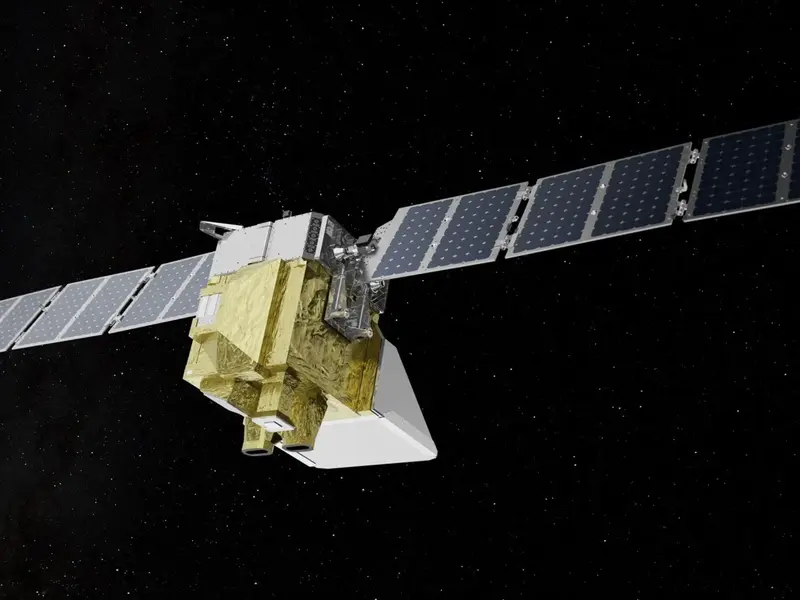Satellite Lost in Space
Saturday, 2025/07/05198 words3 minutes509 reads
In a significant setback for global climate monitoring efforts, a state-of-the-art satellite designed to detect methane emissions has been lost in space. The $88 million MethaneSat, launched just last year aboard a SpaceX rocket, was a collaborative project backed by tech giants Google and Amazon founder Jeff Bezos.
MethaneSat's mission was to collect crucial data on methane sources for five years, focusing on releases from oil and gas production. Methane, a potent greenhouse gas responsible for nearly a third of human-induced warming, is 28 times more powerful than carbon dioxide over a century.
The Environmental Defense Fund, overseeing the satellite, reported losing communication ten days ago and suspects a power failure. This premature loss, barely a year into its intended five-year mission, leaves a significant gap in our ability to track and address methane emissions.
The satellite's advanced instruments were capable of detecting both small-scale emissions and 'super-emitters,' providing unprecedented sensitivity in methane detection. This capability was particularly valuable for monitoring diffuse sources like agriculture, as well as pinpointing major industrial emitters.
The loss of MethaneSat underscores the challenges in space-based climate monitoring and highlights the urgent need for robust, long-term solutions in our fight against climate change.
